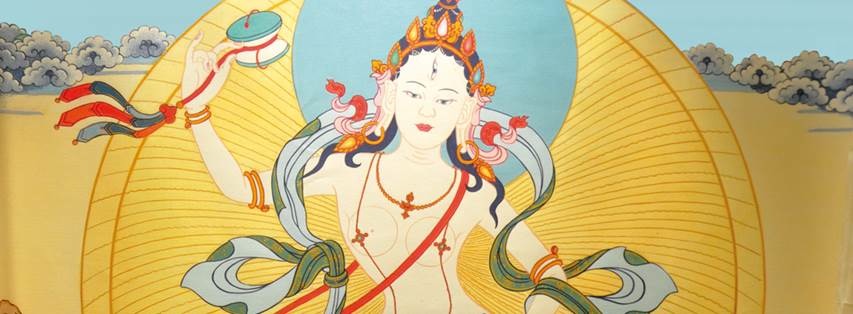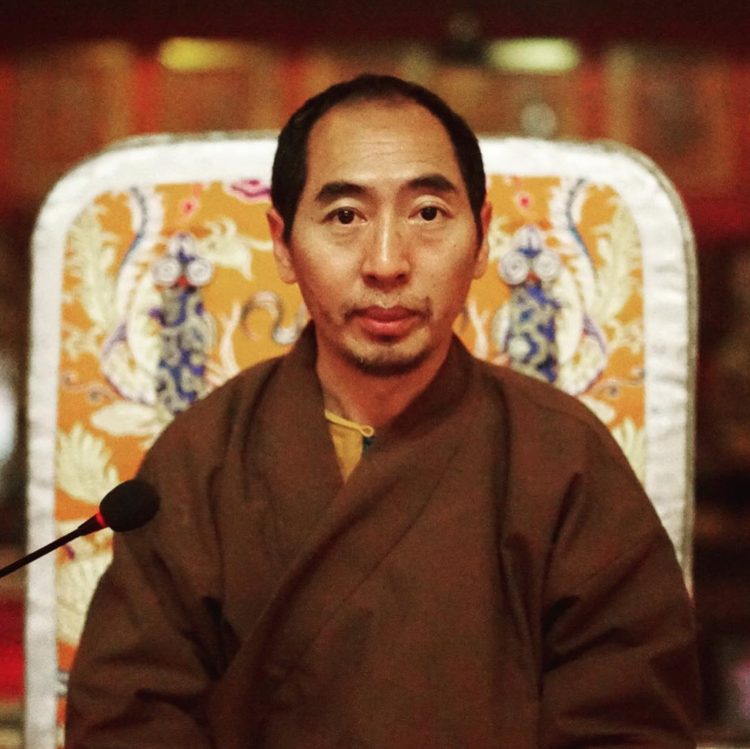“Heaven opening initiation” of the Chod practice according to the Schiwa Lamsab tradition
The tradition of Schiwa Lamsab/Oral Tradition of Dakini dates back to the 13th century and to Master Jamyang Gonpo, a disciple of Machig Labdrön’s son Gyälwa Thondrup.
Jamyang Gonpo himself has seen Machig Labdrön in visions several times. This lineage became a union of different masters like him, the son, as well as the grandson of Machig Labdrön and further pioneers of the Chod practice at that time.
The Venerable Lodrö Tulku Rinpoche is one of the few, if not the only, teachers worldwide to pass this lineage on. His Holiness the 14th Dalai Lama himself said that this lineage should be practiced and blossom again as it once did. Rinpoche explains the practice in the morning and in the afternoon the participants learn/practice the drumming and the old melodies of text visualization.
In the evening, the group practices this chod practice together with Lodrö Rinpoche.
Chod is a unique holistic practice system within Tibetan Buddhism, which uses meditation, visualization, sound and rhythm to train body, speech and mind simultaneously. Chod means “cutting off” the selfish, habitual thinking and behavior so that the natural openness, clarity and sensitivity of our mind can manifest itself. In Tibet, advanced chod practitioners have been able to support, heal and even fight epidemics of mental and physical illnesses. Under the direction of Lama Lodrö Rinpoche, the Ganden Chökhor Meditation Centre offers a multi-year training course on the transmission lines of Chod (Wensa, Schiwa Lamsab, Gyälthang and Tsogle).
(Beginners please contact Lama Lodrö Tulku Rinpoche: dharma@ganden.ch)


